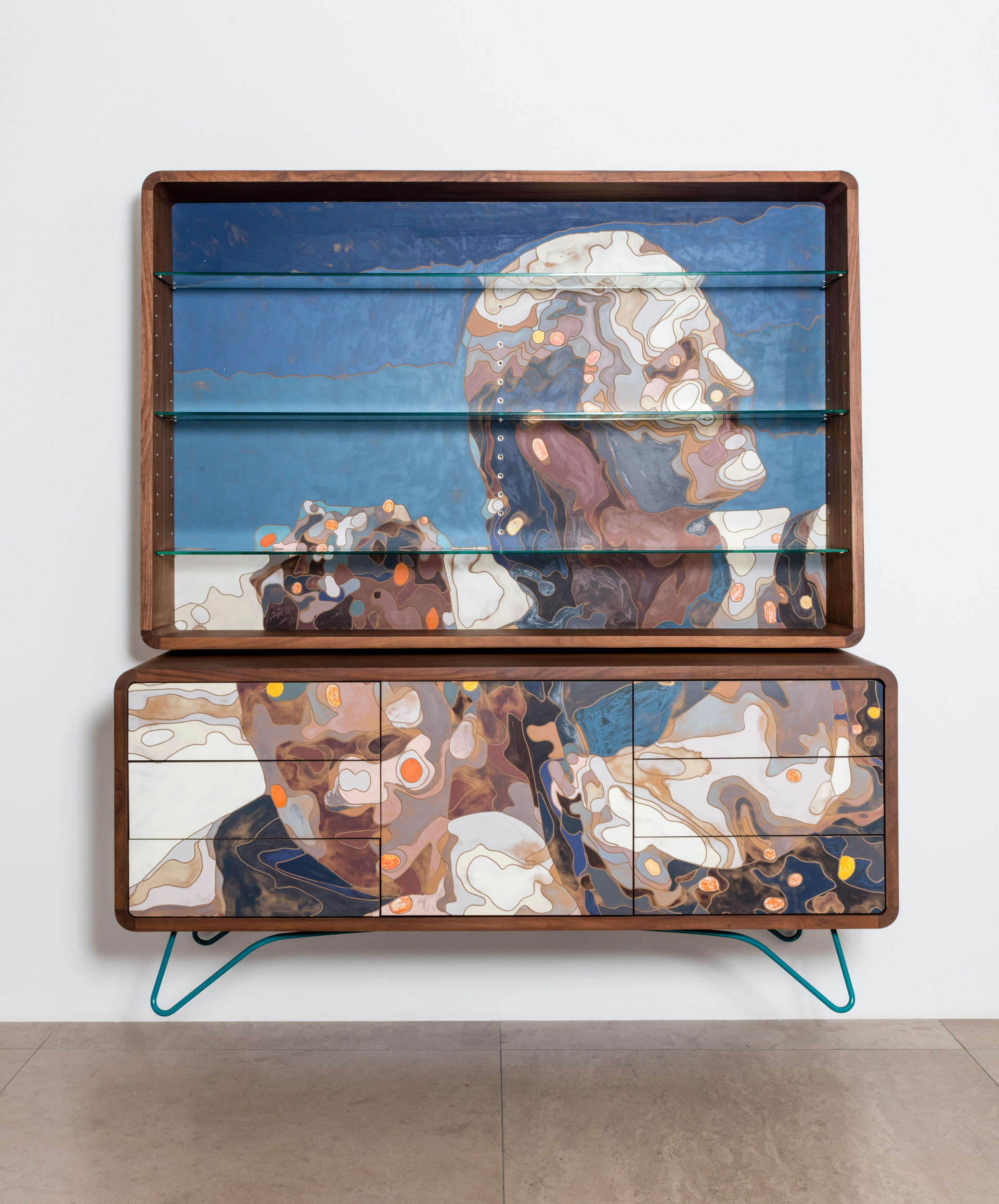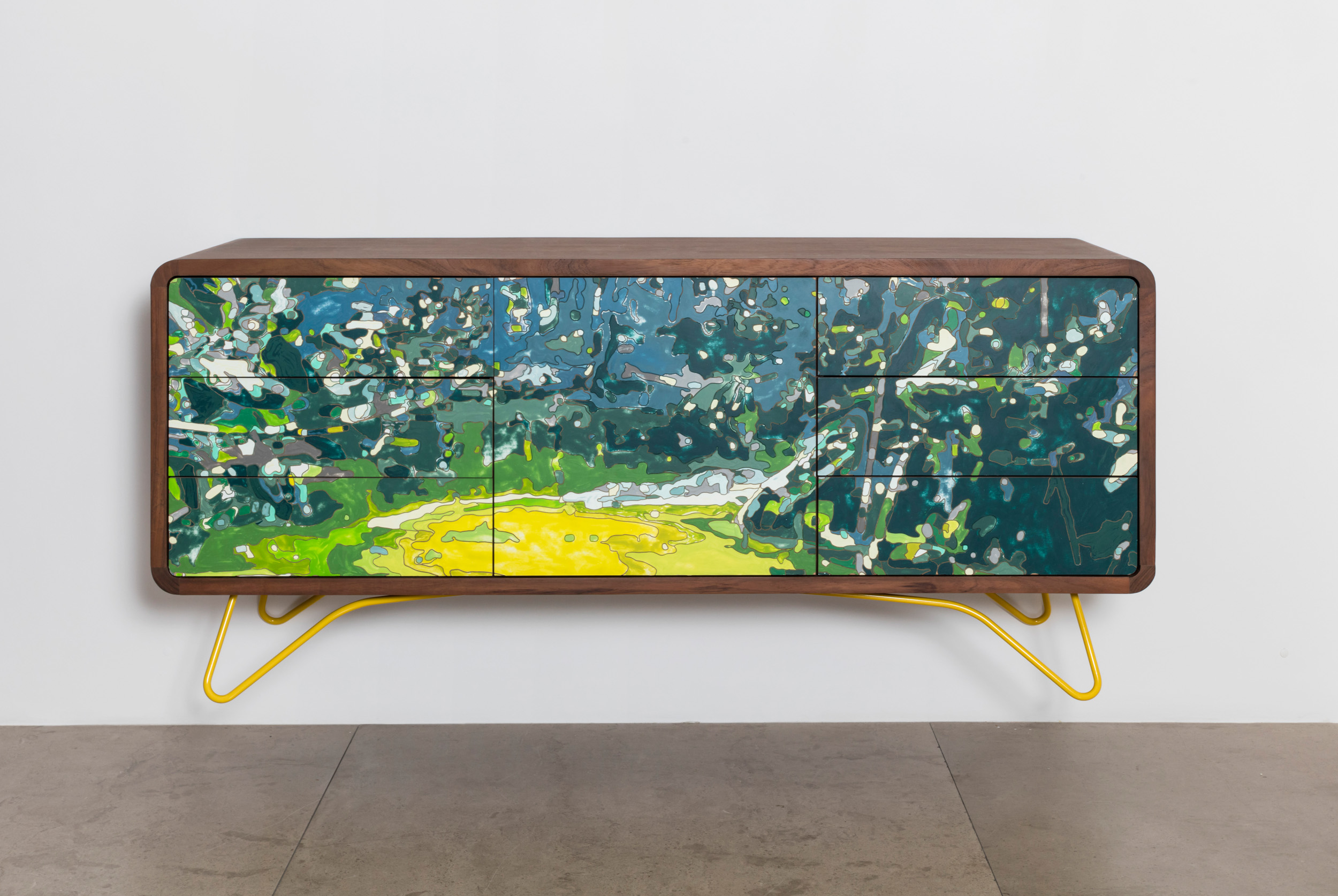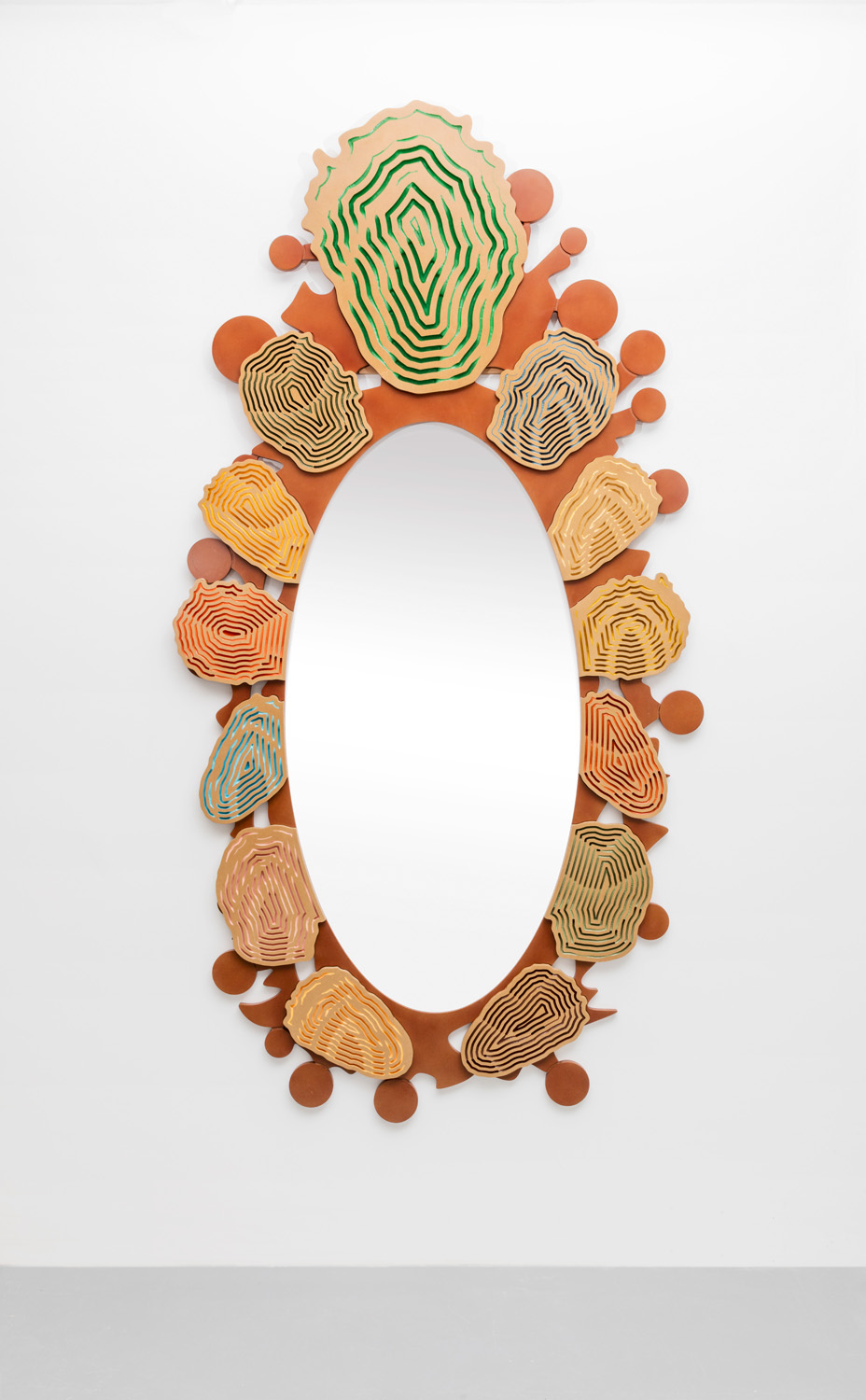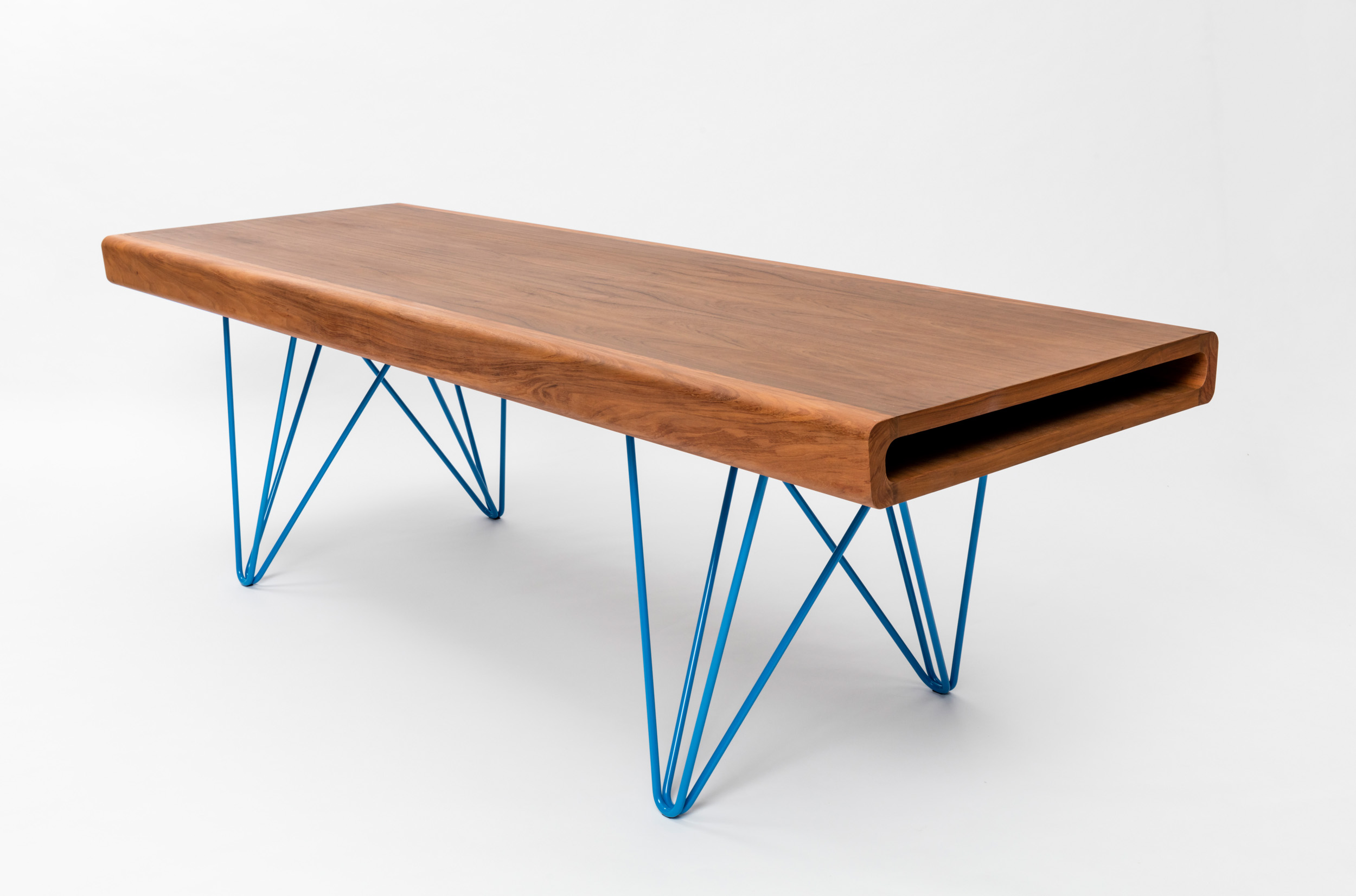JORGE PARDO
“When I work with patterns and colour my interest is density of irregularity. It's a simple system, which is really not much of a system: I choose a shape to disperse colour and any combinations of colour work.”
Born in Havana, Cuba (1963), Jorge Pardo relocated to Chicago, USA, with his family as a child. Always eager to explore aesthetic possibilities at the intersection of technology and craftsmanship, Pardo was one of the first sculptors of his generation to bring advanced computer technology into the art studio, exponentially expanding his vision. The result was an exuberant synthesis of technology and thought, fashioned into colourful sequences and combinations of life-enhancing objects of reflection.
Like a latter-day Frank Lloyd Wright, Pardo has devoted himself as an artist to creating entire living environments as well as individual works. His most ambitious projects are houses conceived as works of art: sculpture as site-specific architecture. His first such commission was a horseshoe-shaped house in Los Angeles titled '4166 Sea View Lane' (1998) lit with 110 hand-blown biomorphic glass ceiling lamps. Pardo describes ‘House' (2008), his current home in downtown Merida, Mexico, as "a building transformed into a sculpture that is also a place of residence.” 'Tecoh' (2012), is an extensive series of new and adapted buildings made for a collector and built on the ruins of a 17th century Hacienda in the Yucatan. A Utopian estate blending Mayan culture with ultra-modern design, Pardo installed his exuberant tiled surfaces and signature ceiling lamps throughout the property, which includes several adobe-walled guest cottages with roofs made from traditional thatched native palm fonds. Described by Pardo as "architecture without a program,” Tecoh marries the skills of highly trained local craftsmen using traditional techniques with the infinite possibilities of computer technology.
Pardo studied at the University of Illinois, Chicago and received his BFA from Art Center College of Design in Pasadena, California. He had his first solo exhibition with David Gill Gallery in 2015, and his work has been the subject of numerous solo exhibitions at international institutional venues. These have included: K21 Kunstsammlung Nordrhein-Westfalen, Düsseldorf (2009); Los Angeles County Museum of Art (2008); and Museum of Contemporary Art, North Miami (2007). Significant group exhibitions have ranged from: Display – between art and arts & crafts, Applied Arts Pavilion, the 57th Biennale di Venezia (2017); Okoyama Art Summit (2016), Viehof Collection: International Contemporary Art, Deichtorhallen, Hamburg (2016); Beyond the Supersquare, Print/Out, MoMA Museum of Modern Art, New York (2012); Works from the Tate Collection, Tate Modern, London (2006). In 1996, along with the artists Carsten Höller, Pierre Huyghe and Rirkrit Tiravanija, Pardo was featured in Nicolas Bourriaud’s exhibition Traffic at CAPC Musée d’Art Contemporain de Bordeaux, in the catalogue for which Bourriaud coined the term ‘Relational Aesthetics’.



















